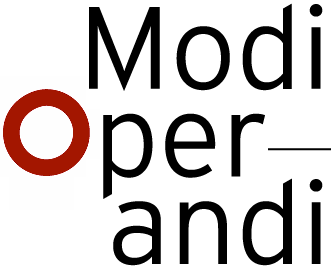BUNKER: DENIAL / ESCAPING MORTALITY
The first architectural intervention emerges as a testament to the initial stage of grief. As observers approach the proposed instrument, their gaze is drawn towards a commanding concrete arch that reaches skyward, casting a stoic silhouette against the surrounding dead landscapes.
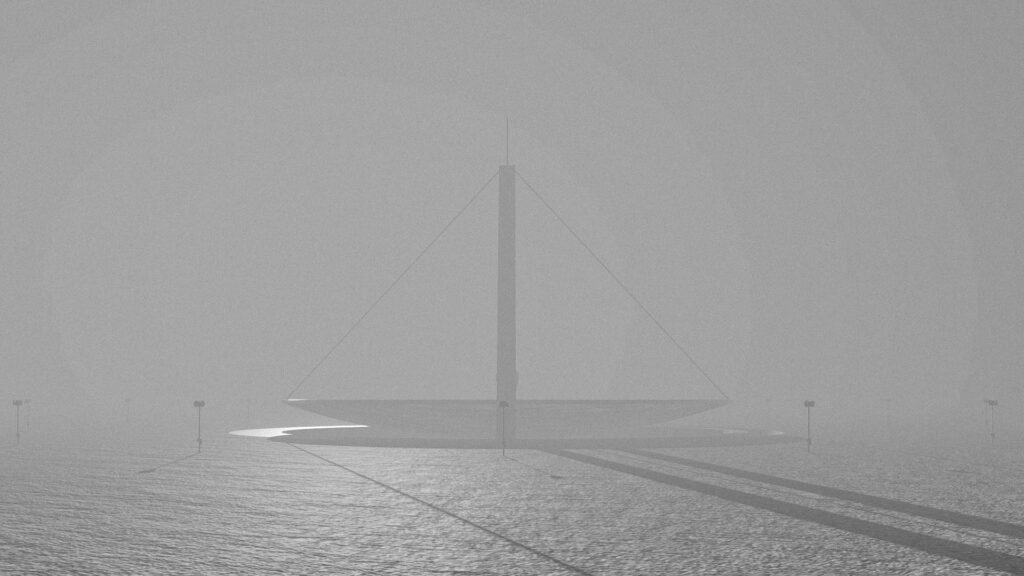
At the top of this arch, suspended from its apex, hangs a pendulum. Swinging with each slight perturbation, it traces intricate patterns on a metal plate below. This pendulum, like a silent conductor, choreographs its movements in response to potential seismic activity, capturing the aftershocks of earthquakes that reverberate through the land. The pendulum’s rhythmic dance, drawing delicate lines upon the metal canvas, invites contemplation: its movements mirror the oscillation between denial and acknowledgement, between clinging to the past and facing an uncertain future. Visitors are encouraged to pause beneath the arch and witness the pendulum’s patterns, as if contemplating the fragility of life and the dissonance it creates in the face of a changing landscape.
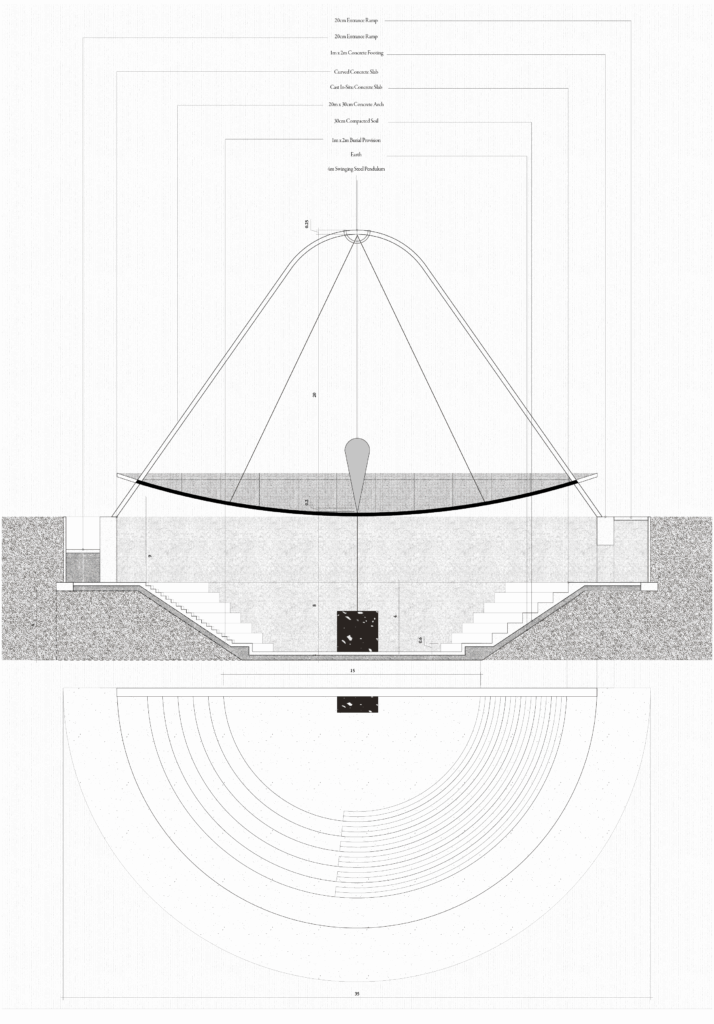
Beneath this space lies a hidden bunker, nestled within the embrace of the arch’s foundation. Centered around a massive stone counterweight, the bunker represents the refuge sought in denial – a physical manifestation of the instinct to seek solace from the discomfort of reality. It provides a stark alternative to the openness of the arch above, symbolizing the retreat into denial’s embrace.
However, the architectural intervention goes beyond its symbolic representation. It harnesses the pendulum’s capacity to serve as an environmental warning device, connecting it to the broader context of the dead landscape. The patterns drawn by the pendulum act as a barometer, registering and interpreting seismic activity, becoming an instrument of environmental consciousness. As the pendulum swings, it not only draws patterns but also acts as a silent witness to the disturbances within the land. Its movements serve as a warning, a subtle reminder of the underlying instability that pervades the environment. This fusion of symbolism and functionality transforms the intervention into an interactive tool, fostering awareness and mindfulness of the land’s precarious state.
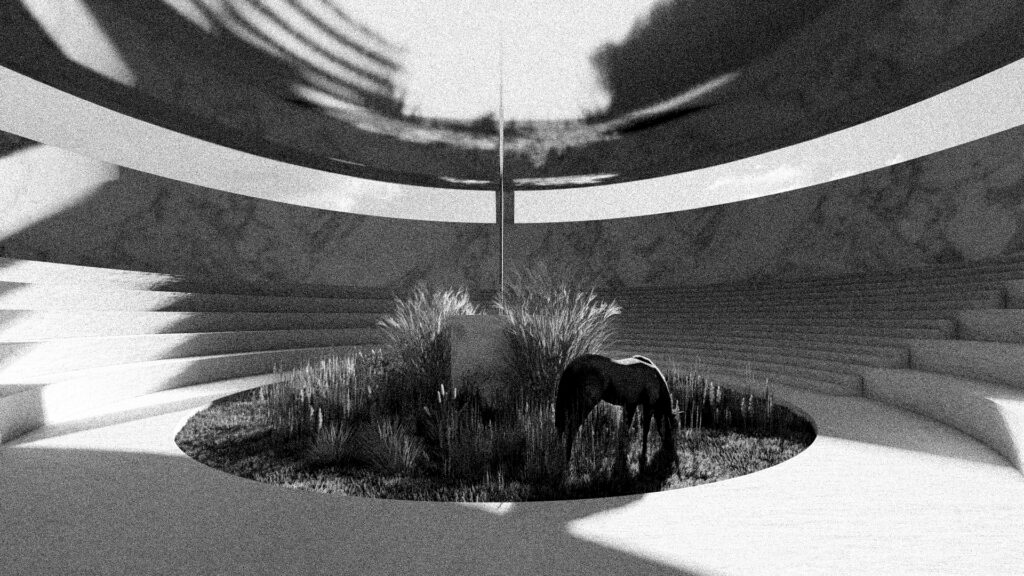
The arch and its pendulum create a space for reflection, encouraging visitors to confront the denial inherent in the grieving process. It invites them to acknowledge the tremors that reverberate through the landscape, both metaphorical and physical. Through its striking presence as well as the rhythmic pendulum’s dance, the intervention serves as a poignant reminder that denial is a fleeting respite, urging individuals to embrace the truth of the transformed landscapes.
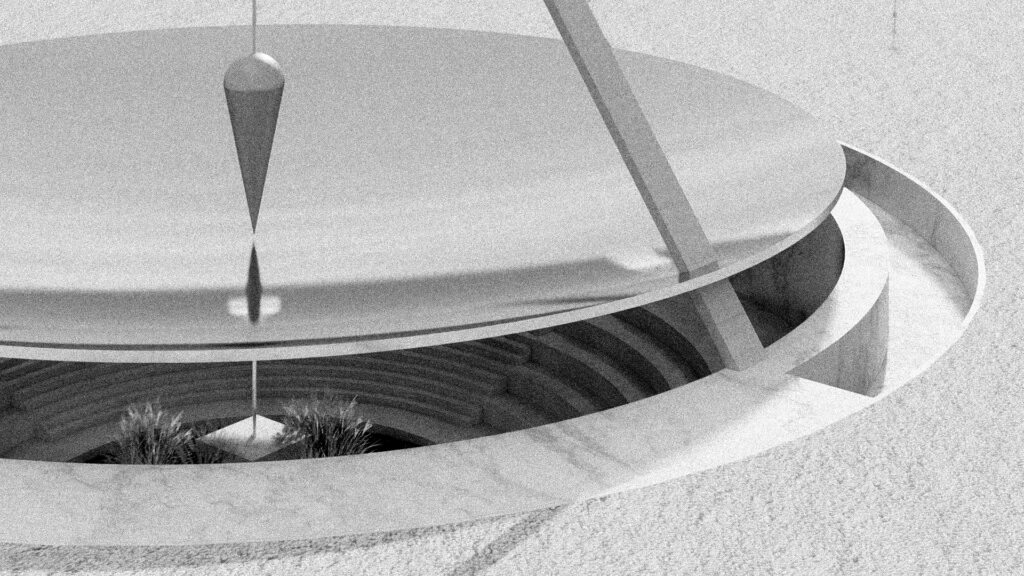
This part of the overall intervention proposal seeks to engage visitors in a reclusive state, prompting introspection and catalyzing a dialogue between architecture and the land. The concrete arch with its pendulum and hidden bunker, encapsulates the complex emotions associated with the initial stage of grief. It serves as a tangible embodiment of denial, a warning device, and a powerful catalyst for contemplation, ultimately inviting individuals to confront their own resistance to change.
